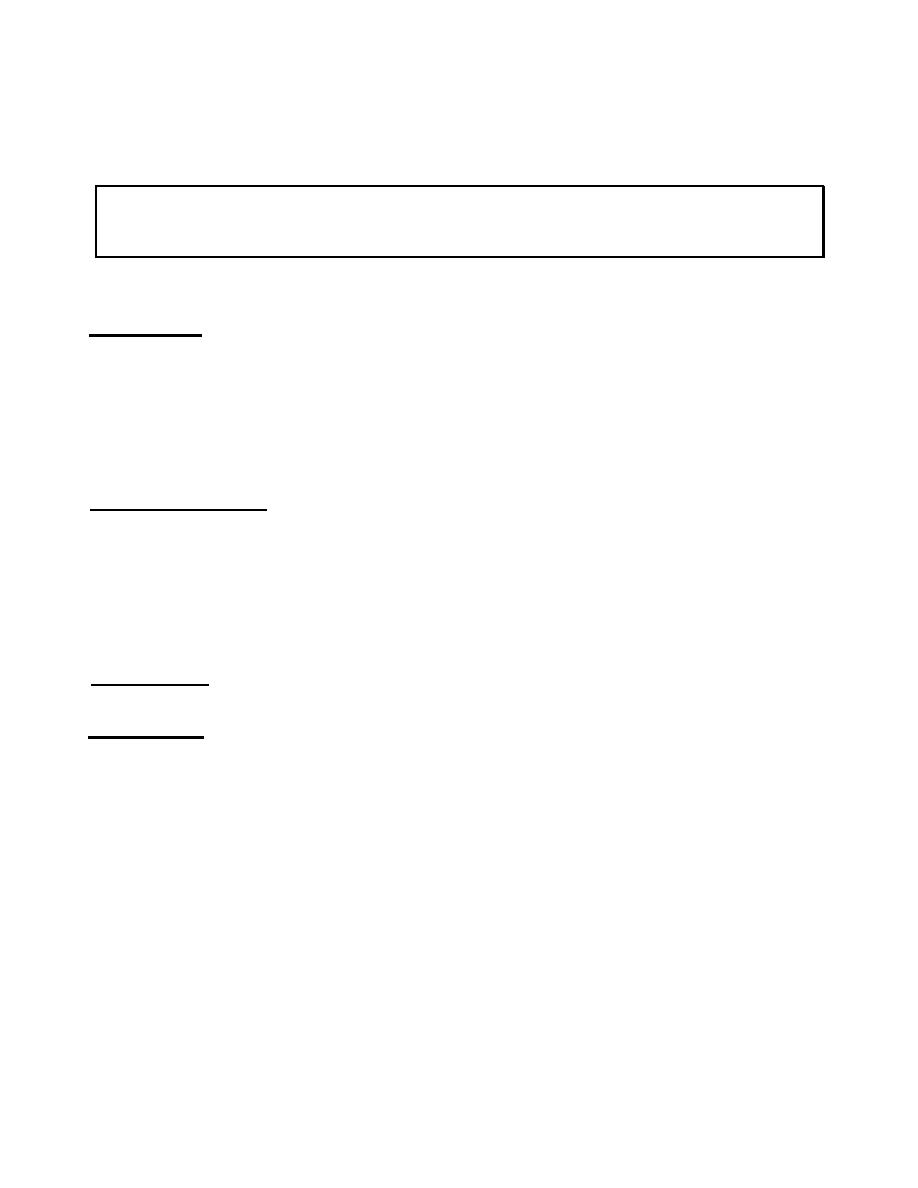
| Tweet |

Custom Search
|
|

|
||
 TM 55-1915-200-SDC
CHAPTER 6
FIRE
SDC FIXES SHALL BE USED ONLY IN COMBAT OR OTHER EMERGENCY CONDITIONS AT THE
DISCRETION OF THE VESSEL MASTER. DAMAGES SHALL BE REPAIRED BY STANDARD
MAINTENANCE PROCEDURES AS SOON AS PRACTICABLE.
Section I. INTRODUCTION
6-1. FIRE GENERAL. Most fires escalate from small points of ignition, such as welding slag igniting cable insulation in
the case of an in port event, or an electrical switchboard fault underway. Fire and/or explosion can develop from battle
damage. Whatever the cause of the fire, if the proper actions are taken immediately, most fires can be readily
extinguished. The smoke, toxic fumes, and heat created by a fire can incapacitate personnel, damage equipment, and
reduce visibility, severely hampering fire fighting operations. The purpose of this chapter is to discuss the effects of the
various fire hazards, to discuss the equipment/systems available to combat fire and to delineate the proper actions to be
taken to control them.
Section II. CHEMISTRY AND PHYSICS OF FIRE
6-2. COMPONENTS OF FIRE. The entire chemistry and physics of fire and burning or combustion may be simplified
into a relationship between three components: fuel, heat or temperature, and oxygen or air. In order to have a fire in
some combustible substance, each one of these components must be present and assisting the others. The fire fighter
can confront any one or more of the components, remove them, and cause the burning to stop. The type of fire fighting
agent which the fire fighter has at hand determines which component he is going to remove. Fires in ships are
categorized in four classes (A,B,C, and D) which are determined by the general types of fuel involved. It should be kept
in mind that most fires will involve a variety of combustibles and therefore may be a combination of all four classes.
Section III. CLASSES OF FIRE
6-3. CLASS A FIRES. Class A fires are fires involving solid combustibles, such as cable insulation, clothing, paper,
plastics, upholstery, wool, rags, or bedding.
6-4. CLASS B FIRES. Class B fires involve flammable liquids or gases, such as diesel fuel, hydraulic oil, lubricating oil,
and cooking fat. This class of fire can occur when leaks in pressurized piping spray oil on hot surfaces or from
malfunctioning electrical components within the oil systems. Fires in deep fat fryers result from overheating of cooking
oils and subsequent ignition of the fat.
6-1
|
||
 |
||